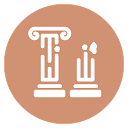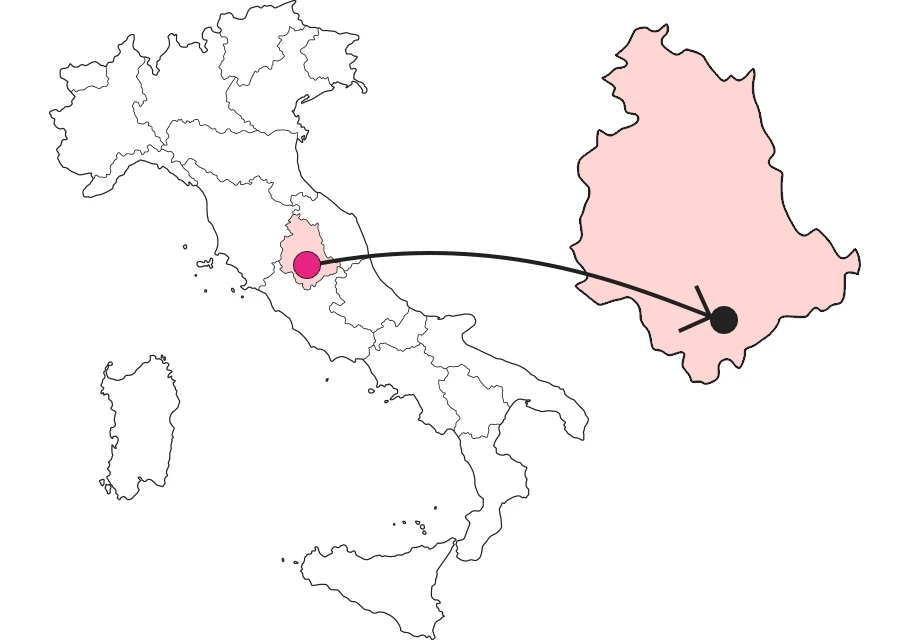









The Faina Archaeological Museum
The Etruscan treasures of ancient Orvieto.



Where

What it is and where it is
In Piazza Duomo the majestic cathedral tends to steal all visitors' attention, but just across the street from the church is Palazzo Faina. It is an elegant three-story mansion with no major decorations other than an ashlar highlighting the door arch and the edges of the facade, which has made simplicity its winning weapon: nothing could have rivaled the splendors of the Duomo, much better to counterbalance them and present itself as a restful nook for the eyes.
Why it is special
The palace today is no longer a privileged residence, but a building at the service of citizens and visitors. In fact, its interior houses the Faina Civic Archaeological Museum, which collects very important Etruscan artifacts found in the area. The second floor of the building is dedicated to Orvieto's finds; the second, to the family collection of the Faina family, with the very valuable monetary with pieces from the Roman period, as well as ceramic objects from the Etruscan and Greek periods.
Not to be missed
The proximity to the area that returned the fragments of history on display here creates a lively dialogue between the interior of the museum and the city's surroundings, so much so that the visit can continue outside. For example, have you noticed architectural remains of a temple? Well, as you leave the museum head for St. Patrick's Well, just before Cahen Square. And there it is: an access staircase, remnants of foundations forming a square plan--this was the Temple of the Belvedere, the beauty of which is suggested by the fragments of decorative friezes preserved at the museum.
A bit of history
The Temple of the Belvedere may have been dedicated to the deity Tinia, the Jupiter of the Etruscans, and constitutes, along with the Necropolis of the Tuff Crucifix and Cannicella, and the archaeological area outside the city of Fanum Voltumnae, evidence of the importance of the Etruscan people in the Orvieto area. Palazzo Faina was purchased in the 1800s by Count Claudio Faina, who moved the family collection preserved in Perugia there. In 1954 the last heir of the family, Claudio Faina junior, donated the palace and all his possessions to the Municipality of Orvieto to finance the "Claudio Faina Museum Foundation."
Trivia
To the west of the Orvieto cliff, in a location called "Campo della Fiera," archaeological excavations are still underway today. The discovery of artifacts such as coins, jewelry, remains of buildings, friezes and Greek ceramics has led scholars to identify the area at the foot of Orvieto as the world-famous Fanum Voltumnae, one of the most important sacred and political sites in the Etruscan world. Titus Livius himself relates that not only religious festivals but also worldly and political events were celebrated at this sacred site, as well as being the place set aside for the election of military commanders.
Enter the Map of Italy's Undiscovered Wonders and find treasures where you least expect it... Inspire, Recommend, Share...
Contacts
Collections
The Map thanks:
In the Community
Enter the Map of Italy's Undiscovered Wonders and find treasures where you least expect it... Inspire, Recommend, Share...
Where

Contacts
Collections

